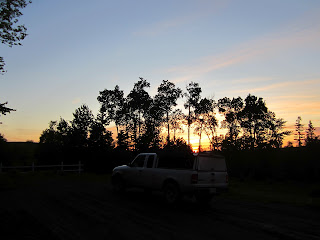Mist net set up: fine mesh net that the bats can't see well when there are trees in the background.
The house where we were working - has their own private pond.. and the bats seem to love it!
This bat had the worst bite and a lot of personality. Jaws locked open and ready.
Night tracking, decided to catch up on some notes while Steph and Jordi pin-pointed the location of our bat Chloe. Jake doesn't seem to mind coming along.
During the day we spend hours hiking around and bushwacking, trying to find the bat's day roosts. Some bats in the study are fitted with a radio transmitter and we follow them during the night, and then tag their roosting trees during the day. Here is a colleague trying to pinpoint which tree the bat is in.
Jake basically runs around in the forest the whole time and has the best time ever.
Finally the tree is tagged, and then we move on to the next bat - there are 6 currently tagged, and there have been times it has taken us up to 3 hours to find just one bat, luckily they all aren't like this. The northern long-earred bats are the hardest since they are forest dwelling and they tend to switch their roosts up frequently, usually never staying more than 3 days. In contrast, the little browns roost in houses and hardly ever switch roosts.
The tree tagged above is quite special. One night trapping we caught two female northern long-ears, Ethel and Franny. The next day they were found roosting together, but the day following they were separate. This is day three and they are together again! How cool!
and off to find them again,
-alicia









No comments:
Post a Comment